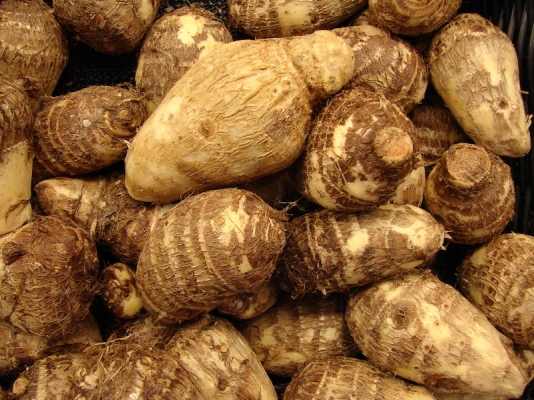General Information
It is a perennial herbaceous plant which is grown in tropical and subtropical regions. It requires warm season for its growth. It is commercially grown because of its consumption of sweet and starchy tubers. Arvi is also known as Taro and the Taro roots are also known as “eddo”, “dasheen” and “kalo”. The plant mainly attains the height of 1-2m. They have light green color leaves which are elongated and heart shaped. They have many health benefits as it is used to cure cancer, blood pressure, heart health, diabetes, digestive health, skin and is used to boost vision. Punjab, Manipur, Himachal Pradesh, Assam, Gujarat, Maharashtra, Kerala, Andhra Pradesh, Uttrakhand, Orissa, west Bengal, Bihar, Karnataka and Telangana are the major growing states in India.











